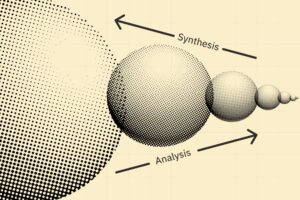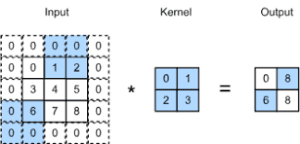Public Sector CRM & RPA: Innovation or Institutionalized Waste?
In many public sector organizations, the CRM department was meant to be the beating heart of citizen engagement; instead, it has become an automated filing cabinet—tracking, storing, and archiving inefficiency.
Designed to enhance service delivery, Customer Relationship Management (CRM) systems in government agencies now serve a different function: not solving problems, but documenting them; not reducing demand, but recording it; not improving service, but institutionalizing failure.
A resident calls to check on their application status. The agent, backed by a state-of-the-art CRM and Robotic Process Automation (RPA), confidently pulls up the record.
“Ah yes, you’ve called twice before: our system logged your previous requests, and a chatbot sent an update. You’re in the queue.”
A week later, the resident calls again.
“Yes, we recorded your last three calls: our system sent a follow-up email. Your request remains in progress.”
Another week. Another call. Another beautifully organized, timestamped, categorized record of failure.
Meanwhile, senior leaders celebrate:
“Look at our analytics! We’ve automated call tracking, reduced human workload, and streamlined processes!”
But no one asks the real question:
- Why do people have to call at all?
- Why are we celebrating automation of failure instead of eliminating it?
- Since when did “modernizing” public service mean managing problems instead of solving them?
The CRM department, intended to help citizens, has become a sophisticated storage unit—labeling inefficiency, indexing frustration, and filing away unresolved problems with stunning precision.
Understanding Value Demand vs. Failure Demand in Public Sector CRM
Government agencies must ask: Are we automating the right things?
There are two types of demand in public sector services:
✅ Value Demand – Requests that arise from a genuine need for service: applying for a permit, accessing a benefit, requesting public information.
❌ Failure Demand – Requests that exist only because something went wrong: follow-ups on delayed applications, repeated complaints about unresolved issues, endless calls seeking clarity on poor communication.
Right now, government CRM systems aren’t optimizing value demand—they are automating failure demand.
Instead of fixing why people keep calling, millions are being spent on tracking their frustration more efficiently.
“It’s like installing a traffic monitor on a pothole-ridden highway instead of repairing the road.”
I speak plainly about how organizations operate today. Public sector leaders are rarely short on data, reports, and performance dashboards, but they often fail to ask whether they are measuring the right things.
The CRM department, once envisioned as a tool for citizen engagement, now functions as an automated filing cabinet—classifying inefficiency, logging frustration, and streamlining waste.
When CRM & RPA Get in the Way of Public Sector Efficiency
The shift toward government CRM automation and AI-powered RPA isn’t just inefficient—it’s dangerous.
- It creates the illusion of progress: Leaders see dashboards full of automated reports and assume things are improving.
- It institutionalizes inefficiency: Instead of solving root causes, agencies create digital workflows that document problems instead of fixing them, log complaints instead of resolving them, track delays instead of eliminating them.
- It shifts focus away from real service improvement: Instead of making government easier to deal with, agencies refine how they record citizen frustration—more data, more dashboards, more documented failure.
💡 The problem isn’t a lack of automation—it’s a lack of systems thinking.
We are investing in better ways to manage demand when we should be redesigning services to eliminate failure demand in the first place.
Because if we don’t change, we will continue mistaking efficiency for effectiveness, celebrating automation while ignoring real problems.
Fix the Problem, Not the Symptoms
Public sector leaders must rethink what “digital transformation” truly means.
Instead of throwing money at AI-driven RPA solutions that process and route failure demand more efficiently, agencies should design services that work from the start—so citizens don’t have to chase answers.
- What if the best CRM system was the one you didn’t need?
- What if government digital transformation focused on eliminating demand, not managing it?
- What if success was measured by how few follow-ups citizens had to make?
What Government Agencies Must Do Now
📌 Rethink Digital Transformation in Public Sector – Stop measuring automation success by the volume of tracked interactions. Instead, measure how many unnecessary citizen interactions you eliminate.
📌 Eliminate Failure Demand First – Before investing in automation, fix the root causes of repeat citizen contacts. Don’t just digitize inefficiency—eliminate it.
📌 Prioritize Systems Thinking in CRM Strategy – Challenge the idea that efficiency equals effectiveness. Ask whether your tools are solving problems or just tracking them.
📌 Engage With Experts in Government Digital Transformation – True change starts with asking difficult questions and having the right conversations. If you want to rethink how CRM and automation serve citizens—not just bureaucracy—let’s connect.
📢 Are you ready to stop automating waste and start solving problems? Reach out, and let’s talk about how to make that happen. 🚀








